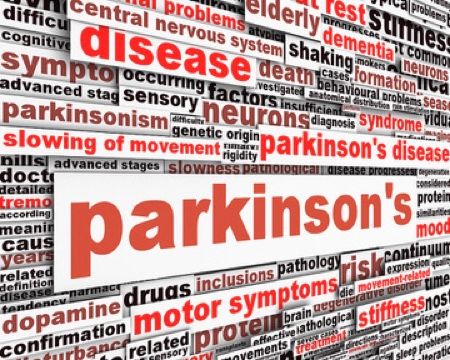What Causes Constipation: Symptoms, Causes, Diagnosis, Treatment, and Prevention
Let's delve into the world of constipation, exploring its symptoms, what causes constipation, diagnosis, treatment, and prevention, so you can say goodbye to those pesky problems and hello to a happier, healthier digestive tract and system.

Ah, constipation – an uncomfortable and sometimes painful experience that most people have dealt with at least once in their lives. In this blog post, we will delve into the world of constipation, exploring its symptoms, what causes constipation, diagnosis, treatment, and prevention, so you can say goodbye to those pesky problems and hello to a happier, healthier digestive tract and system.
Short Summary
- Constipation is caused by low fiber intake, physical inactivity, certain medications and age-related changes.
- Treatment options include lifestyle modifications, dietary changes and medication/laxatives, consult your healthcare provider for advice.
- Prevent constipation with a healthy diet & exercise. Seek medical help if over the counter treatments don't work or other symptoms occur.
Understanding Constipation
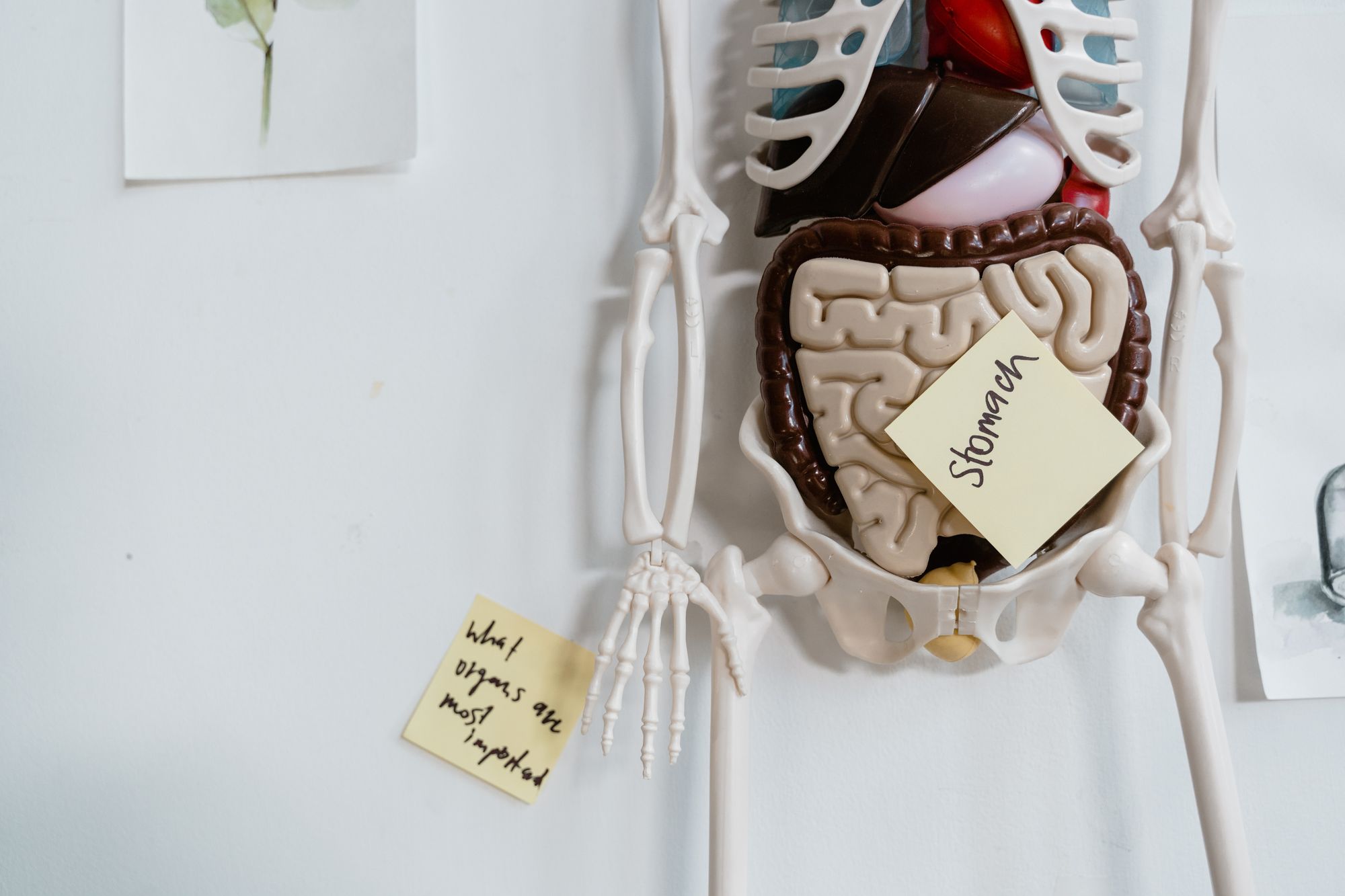
Constipation is a most common gastrointestinal complaint in, characterized by infrequent bowel movements, hard stools, and difficulty passing stools. It occurs when the colon or large intestine absorbs too much water from waste, making it hard and difficult to pass.
While constipation is often associated with adults, it can affect children and infants as well, presenting unique challenges in identifying and managing symptoms. In children, constipation symptoms can include not passing stool, stomach cramps, and rectal bleeding.
Common Causes of Constipation
The journey to understanding constipation begins with identifying its causes. Some common culprits causing constipation include low fiber intake, physical inactivity, and certain other prescription drugs and medications used. Additionally, age-related changes can contribute to constipation, with older adults experiencing slower digestion and reduced mobility.
In the following sections, we'll explore each of these causes in more detail.
Low Fiber Intake
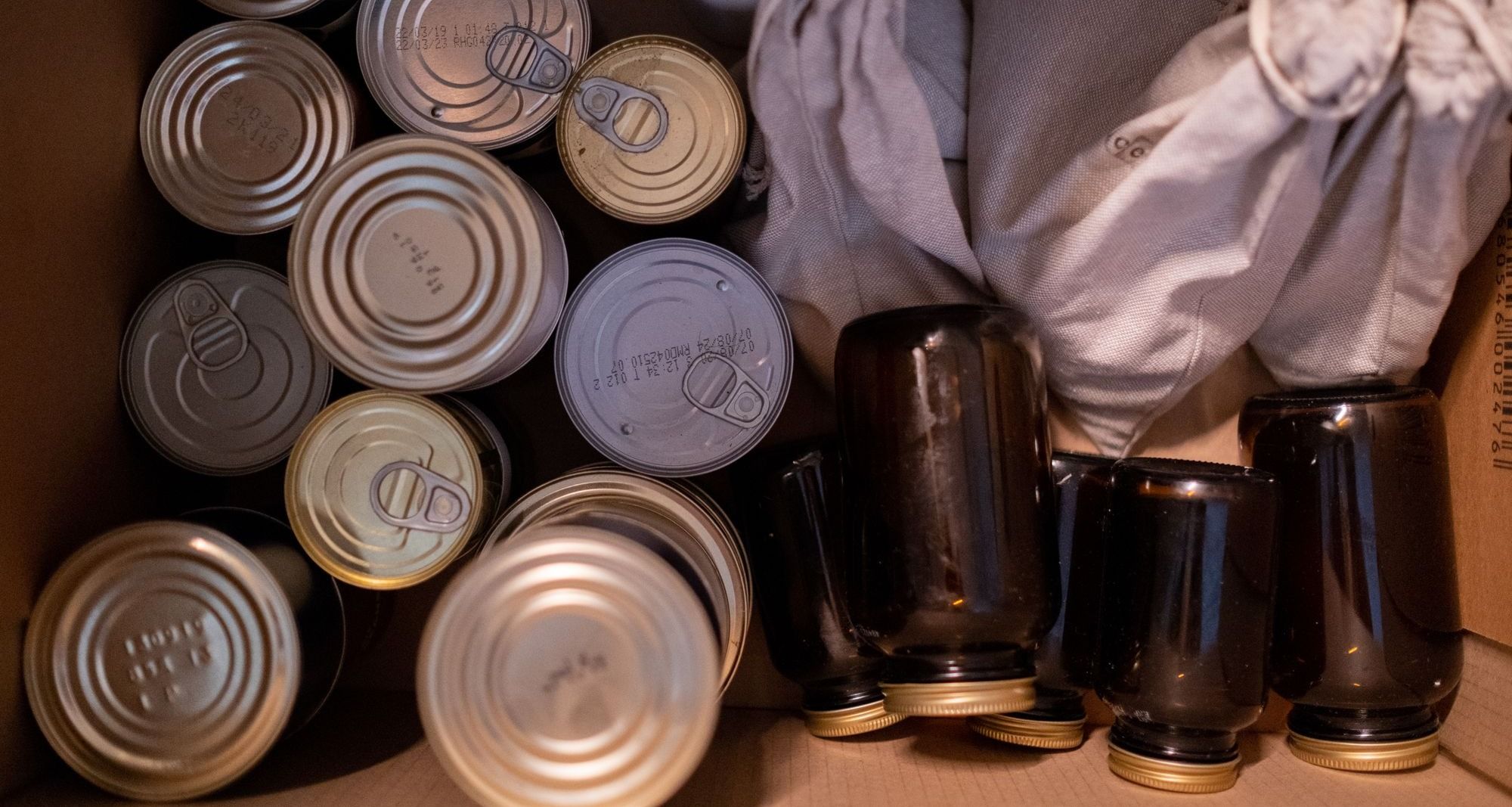
Fiber, a type of carbohydrate found in plant-based foods, plays a crucial role in preventing constipation. It helps keep stools soft and ensures regular bowel movements, keeping the digestive system running smoothly. High-fiber foods include fresh fruits, vegetables, whole grains, and fortified cereals, with adults recommended to consume 25-31 grams of fiber per day.
On the other hand, processed foods and dairy products are generally low in fiber. A helpful tip for increasing fiber intake is to add a tablespoon of wheat bran to breakfast cereals, yogurt, or smoothies. This acts as a bulking agent, making it easier to pass stools and treat constipation.
Physical Inactivity

Physical inactivity is another cause of constipation, as it can slow down the movement of waste through the digestive system. Staying in bed or sitting in a chair for extended periods of time may put individuals at greater risk of developing constipation. Therefore, taking regular breaks and leading an active lifestyle is recommended.
Regular physical activity offers numerous health benefits, such as better heart health, stronger muscles and bones, and decreased risk of chronic diseases. Increasing mobility can help improve constipation by stimulating the digestive system and reducing the risk of constipation.
From walking to swimming, there are various activities that can be incorporated into daily routines to promote a healthier and more active lifestyle.
Medication-Induced Constipation
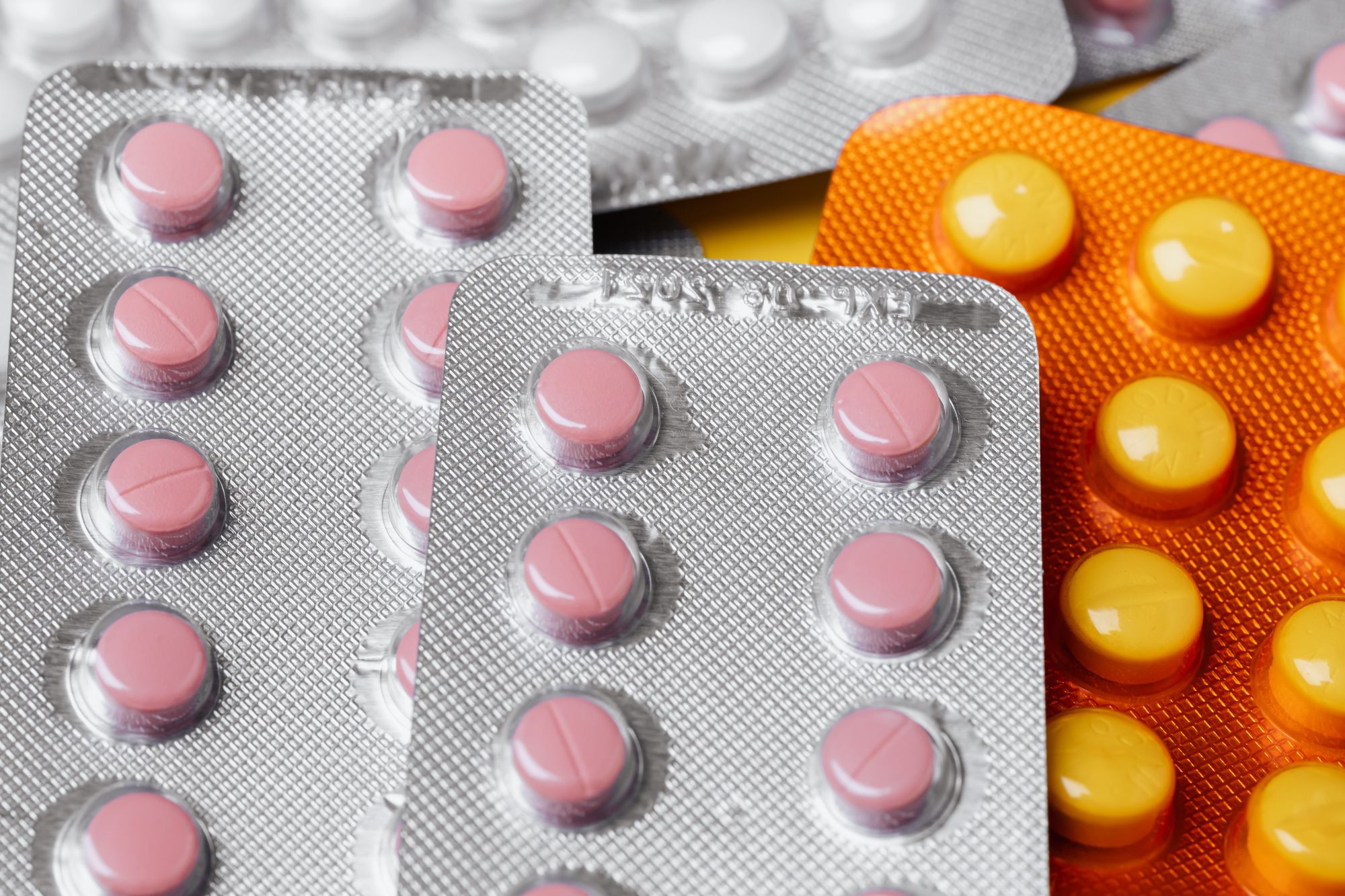
Certain medications can cause constipation by slowing down the movement of food through the digestive system. These medications include opioid pain relief drugs, tricyclic antidepressants, certain anticonvulsants, calcium channel blockers, aluminum and calcium antacids, diuretics, and iron supplements. This type of constipation is known as medication-induced constipation.
To prevent constipation caused by medications, it's essential to stay hydrated, consume a fiber-rich diet, and maintain regular exercise. If the constipation occurs and persists despite these efforts, it's crucial to consult a healthcare provider to discuss potential medication adjustments or alternative treatments.
Laxative Dependency and How To Reverse It
If you or someone you know suffers from laxative dependency, here are some steps you can take to help reverse this condition.
Do you believe the myth that laxatives help with weight control? Think again. Using laxatives to try and eliminate unwanted calories or lose weight is actually a form of abuse. It's a serious and dangerous habit that can lead to a variety of health complications, and in some cases, can even be life-threatening.
Let's debunk the myth. Laxatives don't actually work the way people think they do. By the time they act on the large intestine, most of the food and calories have already been absorbed by the small intestine. So, any "weight loss" after using laxatives is mostly just water, minerals, electrolytes, and indigestible fiber and wastes from the colon. This "water weight" quickly returns as soon as the person drinks fluids and re-hydrates. Refusing to re-hydrate can lead to dehydration, which can further damage the body and potentially cause death.
The consequences of laxative abuse are severe. It can disturb electrolyte and mineral balances, leading to improper functioning of vital organs like the colon and heart. Severe dehydration can cause tremors, weakness, blurry vision, fainting, kidney damage, and even death. Laxative dependency can occur, where the colon stops reacting to normal doses and larger amounts are needed to have any effect. This can lead to internal organ damage, including a stretched or "lazy" colon, colon infection, irritable bowel syndrome, and in rare cases, liver damage. Chronic laxative abuse may even increase the risk of colon cancer.
If you're struggling with laxative abuse, know that recovery is possible. It takes a team of health professionals who specialize in treating eating disorders, including a general physician, psychiatrist, psychologist, or counselor, and a registered dietician. Support from friends and family is also crucial. Talking with others who understand your experiences can greatly aid in the recovery process.
Remember, there is a way out of this harmful cycle. Seek help and support, and you can reclaim control over your health and wellbeing.
Make a list of all the laxatives you take, and how often you take them. You may be surprised at how many pills and how much liquid medicine you consume in a month!
Next, begin to ween yourself off of laxatives by eliminating the harshest medications from your list. Don't go cold turkey on all of your bowel aides; keep taking the gentle medications. Also eliminate any harsh colon cleansing treatments.
After your body has adjusted to getting by with only gentle stool softeners and constipation relievers, cut your daily dosage in half. This may take some getting used to, especially if you rely on laxatives daily. As long as you can have a bowel movement twice a week, you will be okay. When your body has adjusted to the new dosing, cut your daily dose in half again. Keep repeating the process until you need to take a laxative no more than once every two weeks. This process can take several months, but your colon will be healthier in the end.
In addition to gradually cutting back on your laxative dependency, you should drink more water, eat more fiber, and get more exercise. These three actions are the most important and effective things you can do to get your sluggish colon working back to normal.
As with recovery from other addictions, reversing laxative abuse can be a frustrating, and seemingly uphill battle. There are support groups in your area to help people getting over substance abuse.
Age and Constipation

Constipation tends to increase with age, especially after age 60, due to decreased mobility, medications, underlying digestive and kidney diseases, and, and rectal sensory changes in older adults. In fact, up to 40% of older people in the community and 60% in institutions are affected by constipation. Slower digestion and reduced mobility contribute to this increased prevalence, making it essential for older individuals to pay attention to their bowel habits and seek appropriate interventions if needed.
By understanding the link between age and the more severe symptoms of constipation now, it becomes clear that adopting healthy habits early on can help prevent constipation later in life. Incorporating a fiber-rich diet, regular exercise, and maintaining proper hydration are all crucial factors in promoting healthy digestion and preventing constipation.
Diagnosing Constipation Symptoms
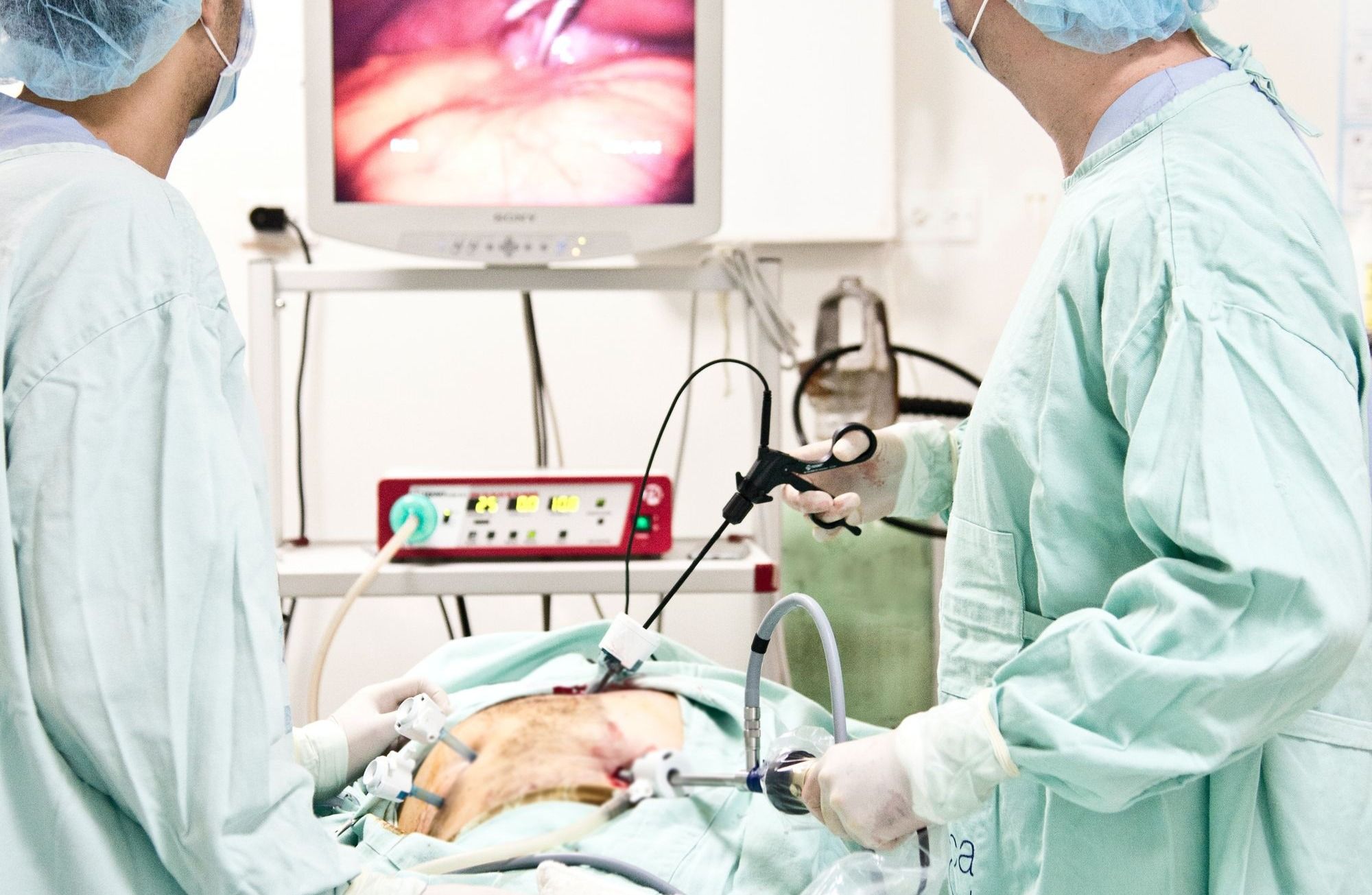
When it comes to diagnosing chronic constipation, doctors have a few tests and procedures up their sleeves. Let me break it down for you:
Blood tests: These help doctors rule out underlying conditions like low thyroid or high calcium levels that could be causing your constipation.
X-ray: By taking an X-ray, doctors can check if your intestines are blocked and if there's stool throughout your colon.
Sigmoidoscopy: Here, a lighted tube is inserted into your anus to examine your rectum and the lower portion of your colon.
Colonoscopy: This procedure lets doctors take a look at your entire colon using a flexible tube equipped with a camera.
Anorectal manometry: In this test, a flexible tube is inserted into your anus and rectum, and a balloon at the tip is inflated. By measuring the muscle coordination, doctors can evaluate the function of your anal sphincter.
Balloon expulsion test: Coupled with anorectal manometry, this test measures how long it takes for you to push out a balloon filled with water in your rectum.
Colonic transit study: This involves swallowing a capsule containing a marker or a wireless recording device. The capsule's progress through your colon will be recorded over 24 to 48 hours and visible on X-rays, helping doctors evaluate how food moves through your system.
Scintigraphy: In some cases, you may eat radiocarbon-activated food, which a special camera will track. This allows doctors to assess intestinal muscle function and how food moves through your colon.
Defecography: By inserting a paste made of barium into your rectum and observing its passage, doctors can identify issues like prolapse or problems with muscle function and coordination.
MRI defecography: Similar to defecography, this procedure involves the use of contrast gel. The MRI scanner can assess the function of defecation muscles and detect problems like rectocele or rectal prolapse that can cause constipation.
These tests and procedures provide valuable insights into the cause of your chronic constipation, helping doctors find the most effective treatment for you.
Complications of Constipation
Have you ever heard of a fecal impaction? It's a serious condition where a large, hard mass of stool gets stuck in your colon or rectum and you can't push it out. It's not something to take lightly – if left untreated; it can cause severe illness or even death. Fecal impaction is more common among older adults who have bowel problems, are inactive and not getting regular exercise, and very low grams of fiber intake daily.
So, what causes a fecal impaction? Well, there are a few common reasons. One is constipation – when you feel the urge to go, but can't. Taking laxatives too often can also mess with your body's natural cues for bowel movements. Some pain medications can slow down digestion, leading to a buildup of stool. If you're not active and tend to hold in fewer than three bowel movements a week, that can increase your risk too.
How do you know if you have a fecal impaction? Well, there are some telling signs. You might experience the following symptoms : very watery diarrhea that leaks or explodes out, or leakage when you cough or laugh. This occurs when the hardened stool is unable to move forward in the colon. The colon absorbs water from the hard, dry stool. The water leak around the hardened stool. You may also have back or stomach pain, no urine or urge to pee, a swollen belly, a fast heartbeat, a fever, or confusion.
If you've been constipated and have been unable tp pass stools and have any of these symptoms, it's important to contact your doctor right away. It could be a life-threatening situation, especially if you're older or have other serious illnesses.
If your doctor suspects a fecal impaction, there are a few ways to diagnose it. They'll ask about your bathroom habits, perform a full physical examination and exam including a rectal exam, and may order an X-ray or sigmoidoscopy to get a closer look at your colon.
Now, let's talk about treatment. The main goal is to remove the hard mass of stool from your colon or rectum. The most common method is an enema, where a special fluid is inserted into your rectum to soften the stool. This often leads to bowel movements and can help you pass the stool on your own. If that doesn't work, sometimes the hard stool just needs to be manually broken up and removed.
To prevent future fecal impactions, there are some steps you can take. Take any prescribed stool softeners, stay active, drink plenty of water, eat high-fiber foods, and talk to your doctor about any medications that could contribute to the problem.
Remember, a fecal impaction is not something to ignore. If you're experiencing symptoms, don't hesitate to reach out to your doctor. Taking prompt action can make all the difference in preventing serious complications.
Hemorrhoids
Hemorrhoids are similar to varicose veins and can cause discomfort and pain. Hemorrhoids can be internal or external, occurring inside the rectum or under the skin around the anus.
Did you know that almost three out of four adults will have hemorrhoids at some point? The causes of hemorrhoids are often unknown, but there are effective treatment options available.
If you're experiencing itching, irritation, pain, swelling, or bleeding in your anal region, you may have external hemorrhoids. On the other hand, internal hemorrhoids usually don't cause discomfort but can lead to pain and irritation if you strain or experience irritation when passing stool.
In some cases, blood can pool in an external hemorrhoid, forming a clot known as a thrombosed hemorrhoid. This can result in severe pain, swelling, inflammation, and a hard lump near your anus.
If you have bleeding during bowel movements or your hemorrhoids don't improve after a week of home care, it's important to consult a doctor. Rectal bleeding can be a symptom of other diseases like colorectal cancer, so it's crucial not to assume it's solely due to hemorrhoids.
Certain factors can increase your risk of developing hemorrhoids, such as straining during bowel movements, sitting for extended periods on the toilet, chronic diarrhea or constipation, obesity, pregnancy, anal intercourse, a low-fiber diet, and regular heavy lifting.
- Although complications from hemorrhoids are rare, they can include anemia due to chronic blood loss, strangulated hemorrhoids causing extreme pain, developing an anal fissure and/or the formation of blood clots in hemorrhoids that may require lancing and draining.
Remember, if you're experiencing large amounts of rectal bleeding, dizziness, lightheadedness, or faintness, seek emergency care.
Rectal Prolapse
Rectal prolapse is a condition where your rectum slips down inside your anus. Unlike hemorrhoids, it won't go away on its own. You'll eventually need surgery to fix it.
So, what exactly is rectal prolapse? Well, your rectum is the last part of your large intestine before your anus. It's where poop gets ready to leave your body. Usually, when poop arrives in your rectum, muscles push it out through your anus. But with rectal prolapse, the rectum itself slips down into the anal canal -- and sometimes even comes out the other side.
Healthcare providers use the term "prolapse" to describe any body part that has fallen from its usual position. It happens when the muscles supporting the part weaken or deteriorate. Some weakening happens naturally as you age, but certain factors like childbirth, chronic constipation, or diarrhea can accelerate muscle wear and tear in the rectum.
How common is rectal prolapse? It affects about 2.5 out of every 1000 people.
While rectal prolapse isn't urgently serious, it can cause discomfort and potentially lead to complications, such as difficulty pooping or fecal incontinence.
What does rectal prolapse look like? Well, it can differ from person to person. There are three types: internal, mucosal, and external. Internal prolapse is when the rectum drops partially into the anus. Mucosal prolapse is when the inside lining of the rectum turns inside out and pokes out of the anus. External prolapse is when the entire rectum falls out. At first, prolapse may only happen during bowel movements, but eventually, it becomes constant.
What are the signs and symptoms of rectal prolapse? You might experience a feeling of pressure or a bulge in your anus, a sensation of something remaining in your anus after pooping, a red, fleshy mass hanging out of your anus, leakage of mucus, poop, or blood from your anus, as well as anal pain or itching.
How do you differentiate between rectal prolapse and hemorrhoids? They can have similar symptoms, leading to confusion. Hemorrhoids, swollen blood vessels in the anus or rectum, can also cause itching, pain, or bleeding. Hemorrhoids can even prolapse, meaning they slip out of the anus and may resemble mucosal rectal prolapse. However, hemorrhoids are temporary and will go away on their own. Rectal prolapse, on the other hand, is chronic and progressive, requiring surgery for improvement.
How is rectal prolapse diagnosed? Healthcare providers will go over your medical history and perform a physical exam, including asking you to activate your muscles as if you were pooping. They may also employ different tests such as a digital rectal exam, defecography, anorectal manometry, lower GI series, colonoscopy, or electromyography to confirm the diagnosis or rule out other issues.
If you have weak pelvic floor muscles, you may have additional conditions alongside rectal prolapse. It's essential to address all these conditions together. Secondary conditions may include pelvic floor dysfunction, rectocele, urinary incontinence, small bowel prolapse, vaginal prolapse, or bladder prolapse.
Can rectal prolapse go away on its own? Unfortunately, not in adults. If it occurs in children, it may resolve after treating the underlying cause. However, in adults, surgery is necessary for any improvement.
Constipation Treatment
Treatment for constipation will depend on the cause:
If the underlying cause is a disorder or another medical condition, such as a surgery, hormone replacement therapy for treating hypothyroidism, or an anesthetic cream or sitz bath to ease the pain of hemorrhoids and sitz baths for anal fissures.
The Importance of Dietary Fiber
Want to improve your health? Eat more fiber! But why is fiber so important? It's not just for preventing constipation. Fiber can also help you maintain a healthy weight and reduce the risk of diabetes, heart disease, and certain types of cancer. And the best part? It's easy to add fiber-rich foods to your diet.
What is Dietary Fiber?
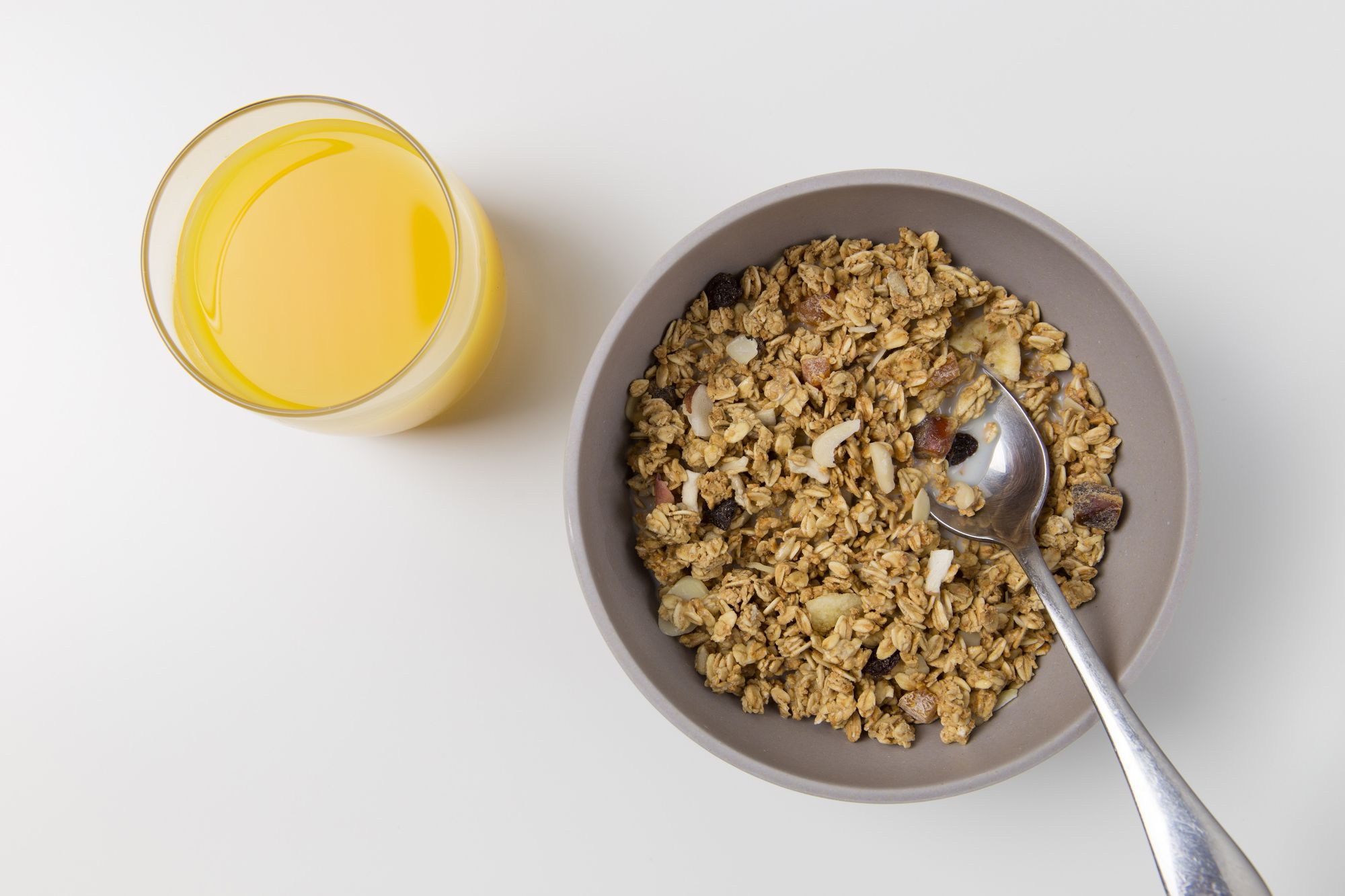
So, what exactly is dietary fiber? It's the part of plant foods that your body can't digest or absorb. Unlike fats, proteins, and carbs, fiber passes through your body without being broken down. There are two types of fiber: soluble and insoluble.
Soluble fiber dissolves in water and can help lower cholesterol and glucose levels. You can find it in oats, beans, apples, and more. Insoluble fiber doesn't dissolve and promotes healthy digestion. Foods like whole-wheat flour, nuts, and vegetables are good sources of insoluble fiber.
A high-fiber diet offers numerous benefits. It normalizes bowel movements, improves bowel health, lowers cholesterol, controls your blood pressure and sugar levels, aids with weight management, and even helps you live longer.
How Much Fiber Do You Need?
How much fiber do you need? The Institute of Medicine recommends 38 grams of fiber per day for men and 25 grams per day for women.
To increase your fiber intake, choose whole-grain products, fruits, vegetables, beans, and nuts. Avoid refined or processed foods, as they are low in fiber. And skip the fiber supplements - whole foods are always the better option.
So start adding fiber to your diet today and reap the benefits of a healthier lifestyle.
Fiber Supplements and Fortified Foods
Want to increase your fiber intake? Forget supplements and fortified foods. Whole foods are the way to go! Unlike fiber supplements, whole foods provide a wide range of nutrients that your body needs.
But if you're looking for a quick and easy way to add more fiber to your diet, try foods with added fiber like cereal, granola bars, yogurt, or ice cream. Just be aware that some people may experience gassiness after eating foods with added fiber.
However, if you're still struggling to get enough fiber through dietary changes alone or if you have certain medical conditions, like constipation or irritable bowel syndrome, a fiber supplement may be necessary. Always check with your doctor before starting any new supplements.
And if you need some tips on how to incorporate more fiber into your meals and snacks, we've got you covered:
Start your day with a high-fiber breakfast cereal or add some unprocessed wheat bran or ground flax seed into your favorite cereal.
Make the switch to whole grains by choosing breads and pastas made from whole wheat or other whole grains.
Boost the fiber content of your baked goods by using whole-grain flour or adding crushed bran cereal or oatmeal into the recipe.
Don't forget about legumes! Beans, peas, and lentils are excellent sources of fiber and can be added to soups, salads, or even nachos.
Fill up on fruits and vegetables, which not only provide fiber but also essential vitamins and minerals. Aim for at least five servings a day.
Choose healthy, high-fiber snacks like fresh fruits, raw vegetables, whole-grain crackers, or a handful of nuts or dried fruits.
Remember to increase your fiber intake gradually over a few weeks to avoid any digestive discomfort. And don't forget to drink plenty of water to help the fiber do its job effectively.
So, if you want to improve your health and digestion, make fiber a priority in your diet. Your body will thank you!
15 Best Foods to Naturally Overcome Constipation
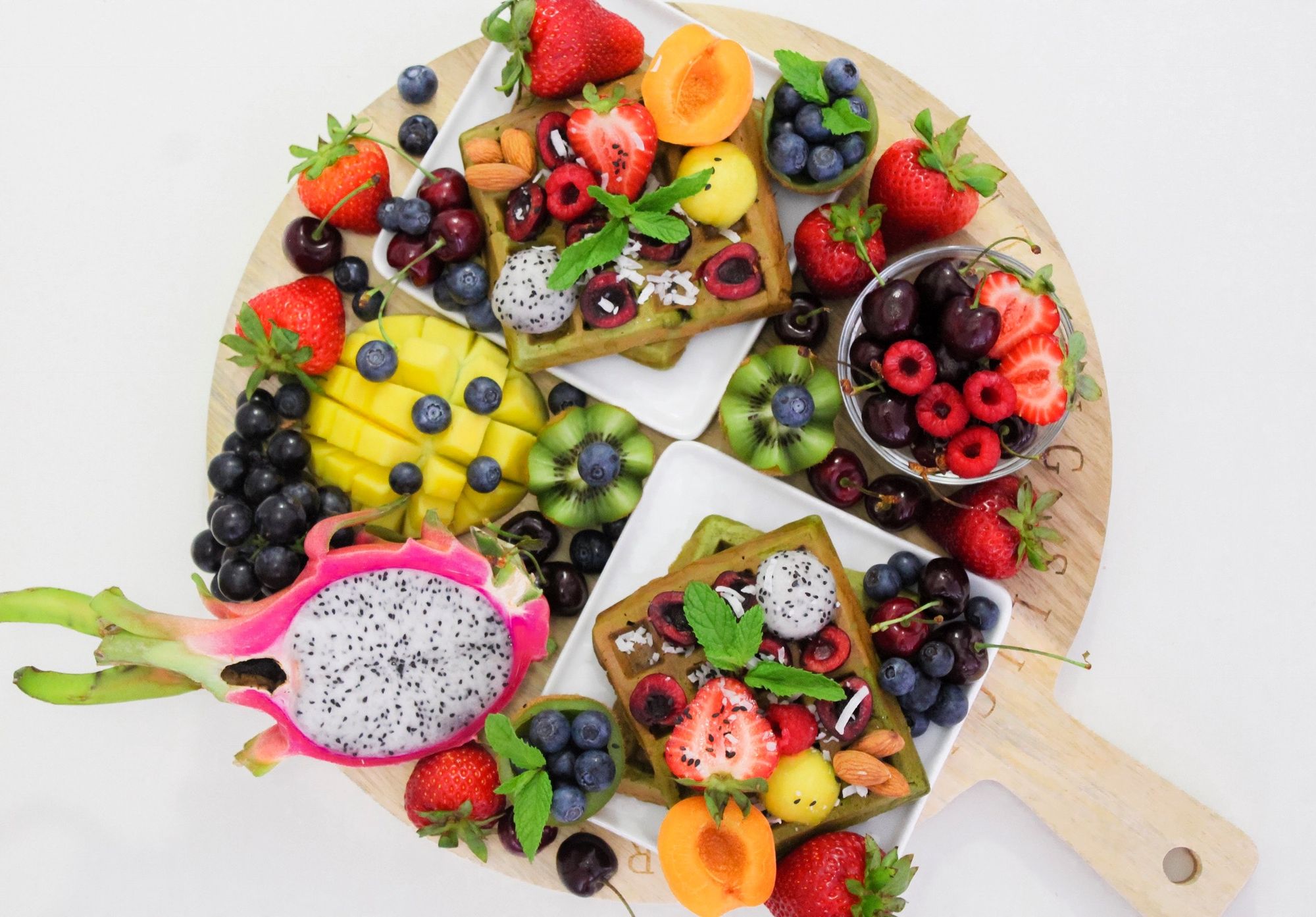
Looking to eat solid foods for relief from constipation? Look no further! We've gathered the 15 best foods to get things moving again. Constipation can be uncomfortable and frustrating, lasting anywhere from a few days to several months. The leading cause is often a low fiber diet, but it can also be due to changes in eating patterns or physical inactivity. Symptoms can range from severe pain to irregular bowel movements that last for weeks. Don't suffer in silence; seek medical attention if you experience any of these symptoms.
But enough about the problem, let's talk solutions! There are many treatments available to relieve constipation, and one of the most natural and effective methods is through your diet. High-fiber foods, staying hydrated, and physical activity can all help get your digestive system back on track.
Speaking of high-fiber foods, let's dive into the fifteen best options for relieving constipation.
Citrus Fruits
One of the top picks is citrus fruits, like oranges, grapes, and mandarin. These fruits are packed with dietary fiber, providing numerous health benefits such as aiding digestion and promoting weight loss.
Don't forget about the power of fruits! Grapes, blackberries, and raspberries are all high in fiber and water, which can help ease constipation. Try adding a handful of these fruits to your daily diet.
Apples
Apples are another excellent choice, as they contain both soluble and insoluble fiber. The soluble fiber called pectin works with friendly bacteria in your gut to produce fatty acids that help retain water, softening stool for painless bowel movements.
Prunes
Prunes, often referred to as "nature's remedy" for constipation, are also rich in fiber. They contain insoluble fiber that adds bulk to the stool and soluble fiber that interacts with good bacteria in the colon, improving symptoms of constipation.
Pears
Don't forget about pears! These juicy fruits are packed with fiber, and they contain sugars like sorbitol and fructose, which have laxative effects. No wonder they're a natural remedy for constipation.
Kiwifruit and figs
Kiwifruit and figs are also excellent choices. Kiwifruit contains actinidain, an enzyme that supports digestion and stimulates bowel movements. Figs, on the other hand, have an active ingredient called ficain, which promotes gut health and prevents constipation.
Beans
Beans are a true powerhouse when it comes to relieving constipation. With over 10 grams of fiber per cup, they are one of the highest dietary sources available. Both soluble and insoluble fiber found in beans aids in digestion and helps with the passage of waste through the intestines.
Vegetables and legumes
Vegetables are high insoluble fibers. This type of fiber adds bulk to stools, which helps to promote more regular bowel movements. Broccoli may also be your new best friend. It contains sulforaphane, a substance that protects the gut and eases digestion. A study found that people who ate broccoli sprouts experienced fewer symptoms of constipation and quicker bowel movements.
Flaxseed
Flaxseeds are a great addition to your daily diet. Just a spoonful provides a significant amount of dietary fiber and promotes the growth of beneficial bacteria in your gut. These bacteria support gut health and help draw water into the colon to soften stool.
So if you're tired of dealing with constipation, try incorporating these delicious and fiber-rich foods into your routine. Your digestive system w Looking for natural ways to relieve constipation? Look no further! Check out these fiber-rich foods that can help get things moving smoothly.
Jerusalem Artichokes
First up, we have Jerusalem artichokes, also known as sunchokes. These dietary prebiotics stimulate the growth of friendly bacteria in your gut, promoting regular and easy bowel movements. Plus, they protect against harmful bacteria too!
Next, we have green vegetables like broccoli, spinach, and brussel sprouts. Not only are they highly nutritious, but they also add bulk and weight to your stools, making it easier to go.
Sweet Potatoes
Sweet potatoes are not only delicious, but they're also high in fiber. They contain pectin, which softens the stool and helps retain water in the colon. Say goodbye to painful bowel movements!
Oat bran
Oat bran is another great option. It contains more fiber than grains and has been shown to stimulate frequent bowel movements for constipation relief.
Rhubarb
Rhubarb may be known for its tart taste, but it's also a natural laxative. Its active ingredient, sennoside, softens the stool and induces bowel movements. Plus, you can grind up the stalks and add them to your favorite foods.
Lentils and Chia Seeds
Lentils and chia seeds are last but certainly not least. Lentils are packed with soluble and insoluble fiber, providing bulk and weight to your stools. Chia seeds, on the other hand, create a gel when mixed with water, keeping your digestive system running smoothly.
So, why rely on harsh laxatives when you have these natural and delicious options? Try incorporating these fiber-rich foods into your diet and say goodbye to constipation!
Home Remedies for Constipation
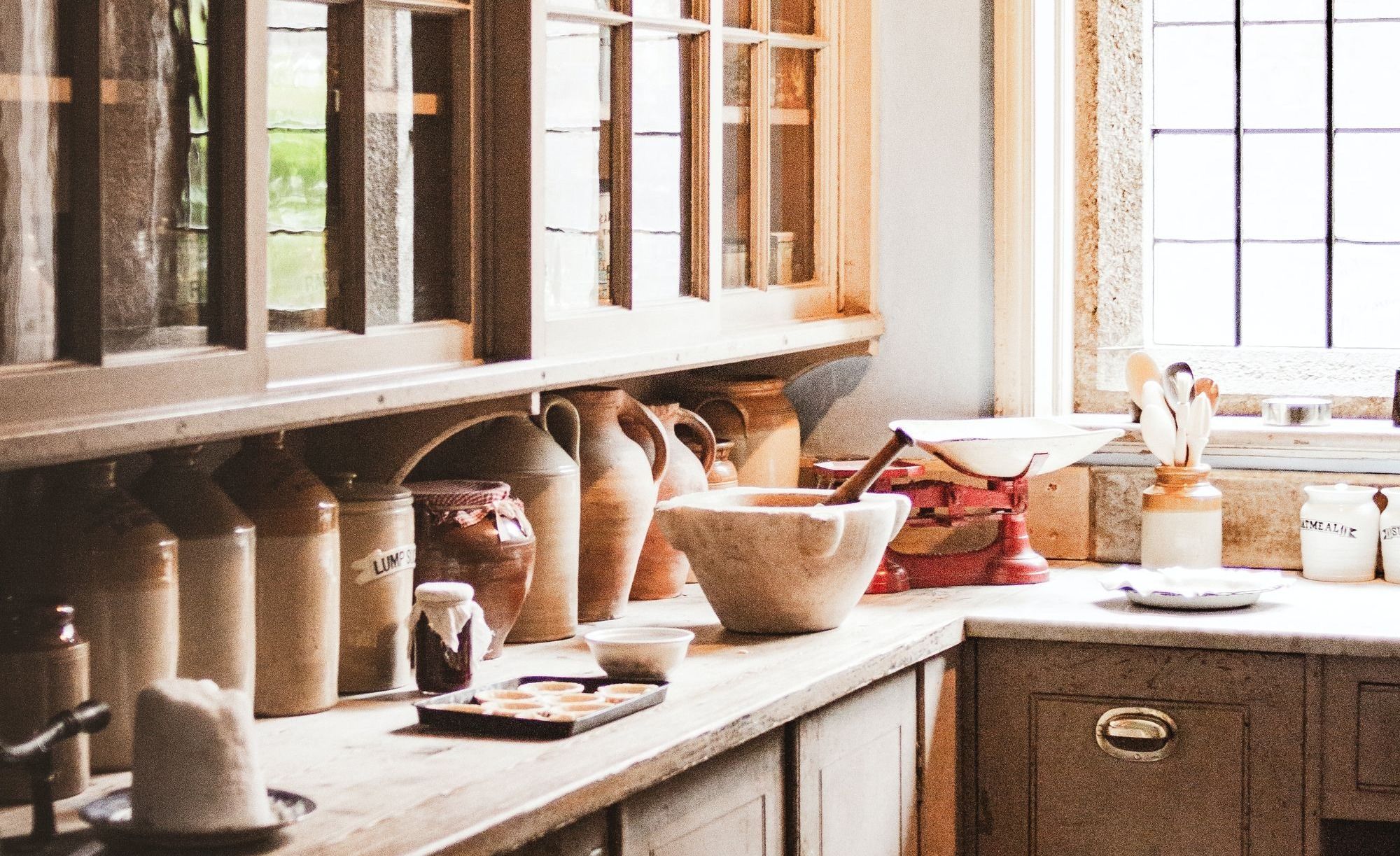
Are you tired of dealing with constipation? It can really take a toll on your quality of life and overall health. But don't worry; there are natural remedies you can try right at home that are backed by science.
Avoid Dehydration- Drink To Stay Hydrated

First things first, make sure you're drinking enough water. Dehydration can definitely contribute to constipation, so staying hydrated is key. You might also find relief in drinking some carbonated water, as it can help rehydrate you and get things moving again. Just steer clear of sugary sodas, as they can actually make constipation worse. For those seniors that are not enthusiastic drinkers, try offering ½ cup of their favorite drink, every hour. It’s a way to not overwhelm them with a large glass, and is an amount that is doable.
Be aware that your senior may not want to drink, because it may mean getting up to go to the bathroom. This is a very common issue. Address this by making sure there is a urinal or potty chair easily accessible. If your family member is worried about not making it to the bathroom in time, offer diapers or a pad to place under them, in case the incontinence does occur. Help your loved one maintain a sense of dignity.
Exercise

Did you know that exercising can actually help with constipation? It can! When you exercise, it speeds up the movement of food through your large intestine, which means less water is absorbed from your stool. This can make it easier to pass those hard, dry stools that can be so uncomfortable. Plus, aerobic exercise also helps stimulate the muscles in your intestines, making it easier for them to push stools out quickly.
But when is the best time to exercise? It's important to wait at least an hour after a big meal before doing any tough physical activity. After you eat, your body needs increased blood flow to help digest the food. If you exercise too soon, the blood gets diverted away from your stomach and intestines, which can weaken the muscle contractions in your gut. This can lead to slower digestion and some uncomfortable symptoms like bloating, gas, and constipation. So, take some time to let your body digest your meal before you hit the gym or go for a walk.
Now, let's talk about the best exercises for constipation. You don't need to do anything too intense. Even just getting up and moving around can help get things moving in your digestive tract and system. A simple walking plan, where you take a 10 to 15-minute walk several times a day, can work wonders.
If you're already in good shape, you might want to try some aerobic exercises like running, jogging, swimming, or even swing dancing. These activities can help keep your digestive tract in tip-top shape. And don't forget about stretching and yoga. They can also help ease constipation. So, why not give them a try? Your gut will thank you.
Gentle exercises like walking, swimming, cycling, or jogging can make a big difference. This is not always possible, as a person declines. Getting them up on the side of the bed and sitting in a chair may be your entire loved one is able to do. That is when you will have to create a bowel program. This means keeping track of when you have a bowel movement. A bowel movement program may include a stool softener and a gentle laxative.
Coffee
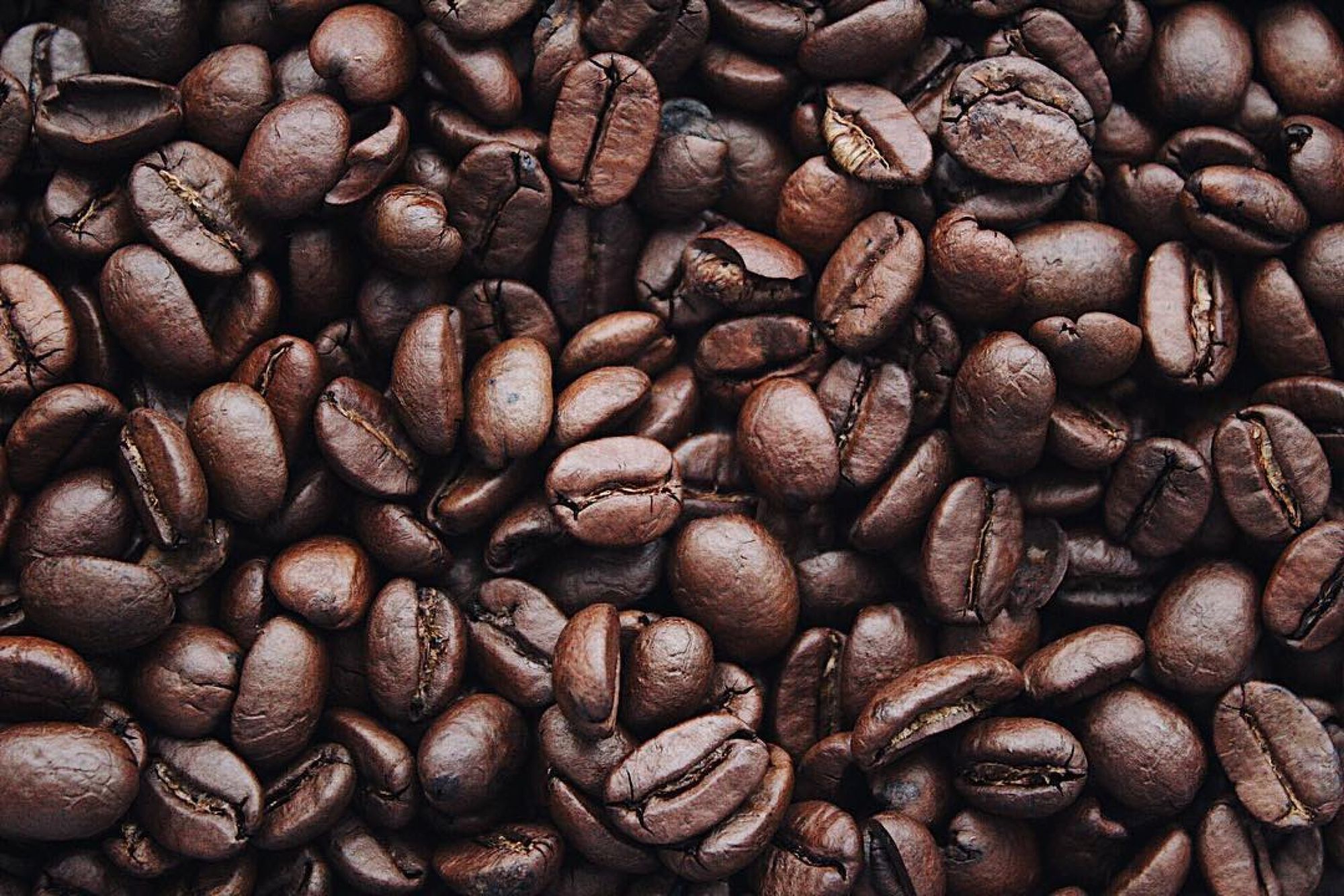
If you're a coffee drinker, you're in luck. Coffee can actually stimulate the muscles in your digestive system, making you more likely to go to the bathroom. Plus, it may contain soluble fibers that improve your gut health. However, if you have irritable bowel syndrome (IBS), you might want to avoid caffeine, as it can make your symptoms worse.
Senna
For a natural herbal option, try Senna. It's a popular and effective laxative that stimulates bowel movements. It's available over the counter or online, but it's always best to consult with a doctor if your symptoms persist.
Probiotics
Lastly, consider incorporating probiotics into your diet. These beneficial bacteria can help restore the balance in your gut and prevent chronic constipation. You can find probiotics in certain foods or take them as supplements.
Say goodbye to constipation and hello to a more comfortable life. Give these natural remedies a try and see what works best for you.
Olive Oil and Flaxseed Oil
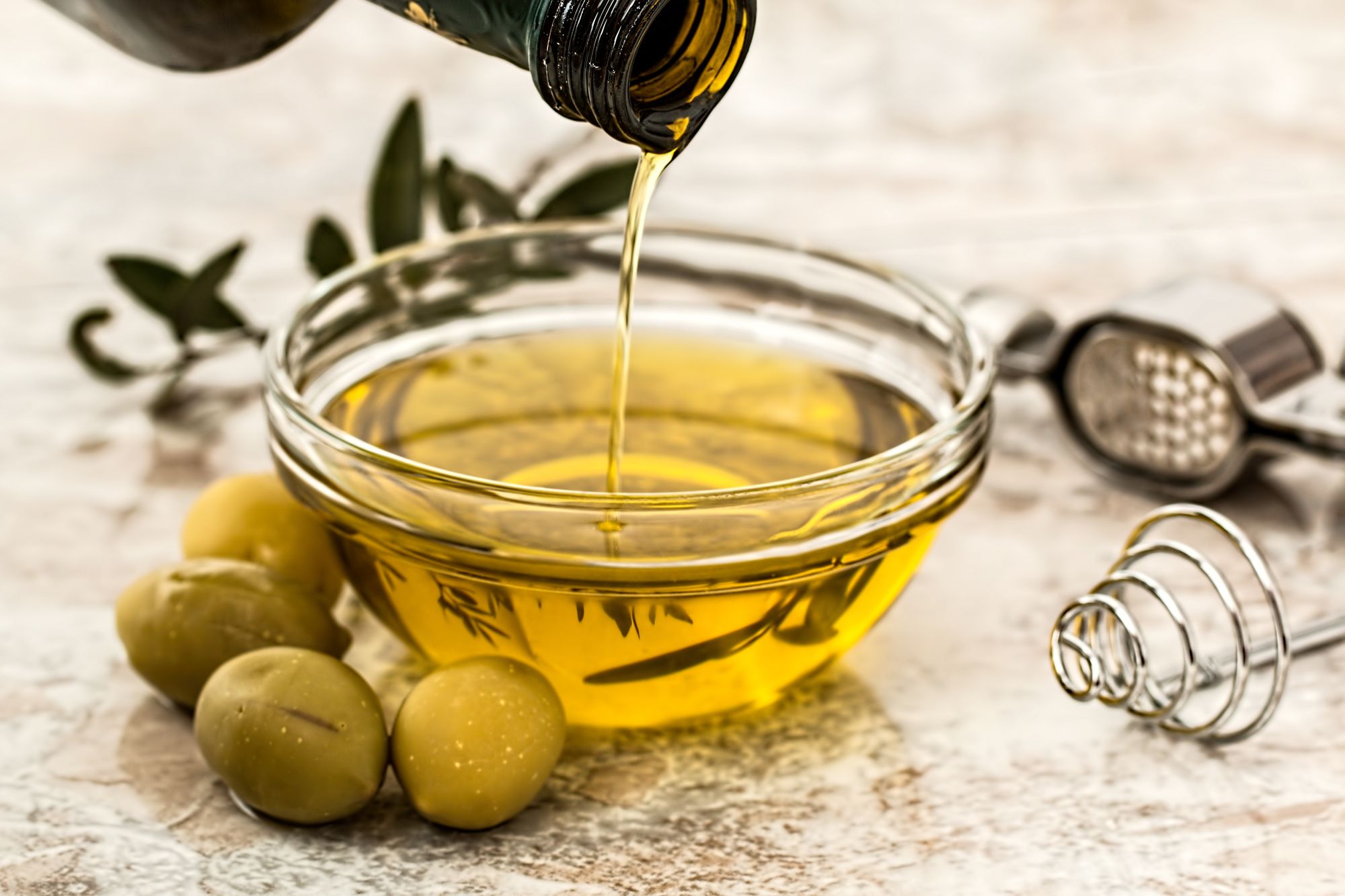
First up, we have olive and flaxseed oils. These oils have a gentle laxative effect and can help make it easier for materials to pass through your intestines. Plus, they contain compounds that improve digestion and have antioxidant, antibacterial, and anti-inflammatory properties.
Yogurt and Kefir
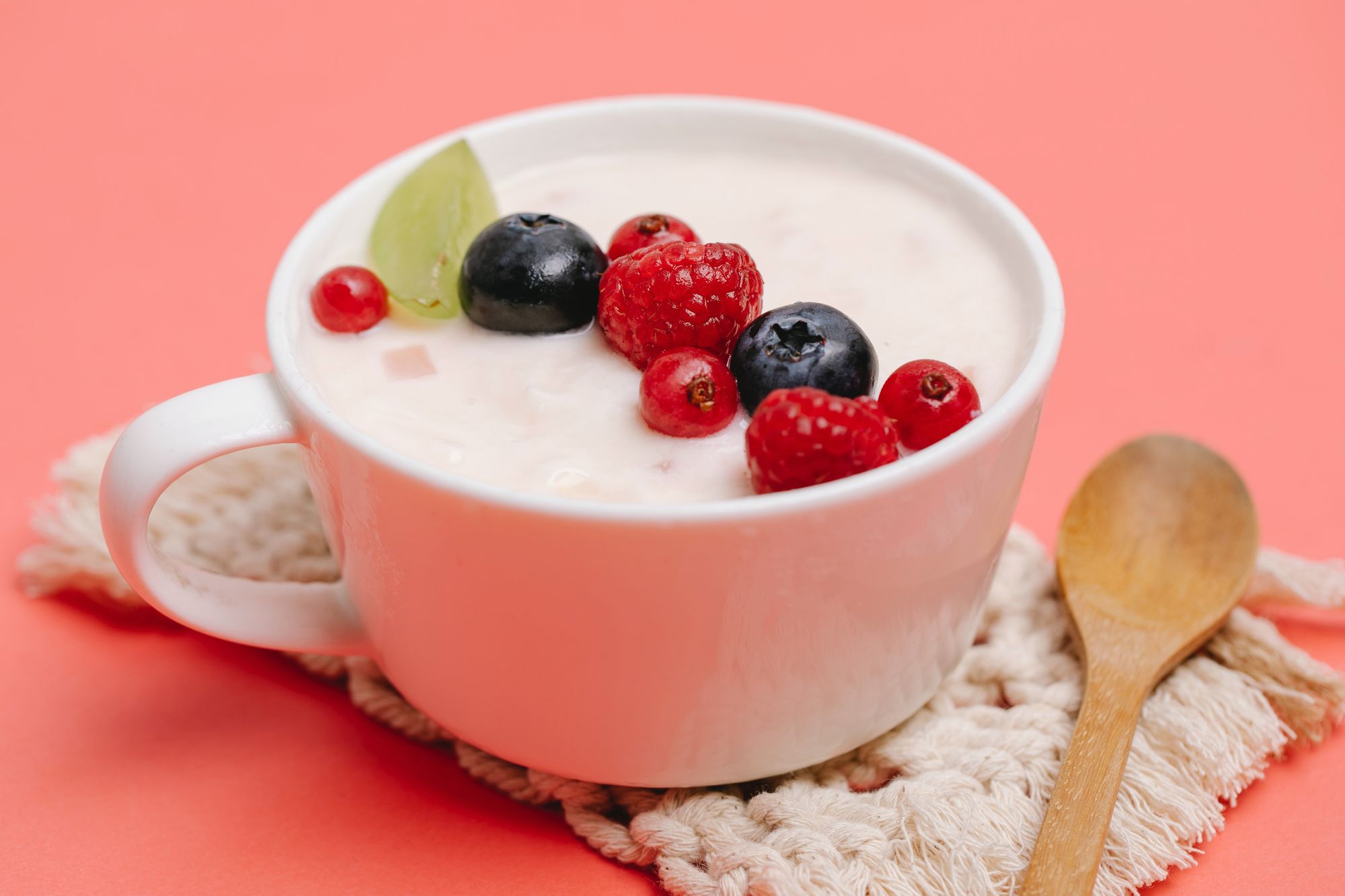
While it is strongly recommended to avoid dairy products, as they can cause constipation and tummy upset. Yogurt and kefir are not on that list.
Yogurt and kefir are also great options. These dairy products contain probiotics, which can help prevent constipation. In fact, a study found that kefir significantly reduced constipation in people with mental and physical disabilities. Daily consumption of kefir could be just what you need to prevent constipation.
Sauerkraut
If you're a fan of sauerkraut, you're in luck! This fermented cabbage dish contains probiotic bacteria that can boost gut health and alleviate constipation. In fact, it has been found to have the same amount of bacteria as probiotic supplements.
Whole Wheat Products
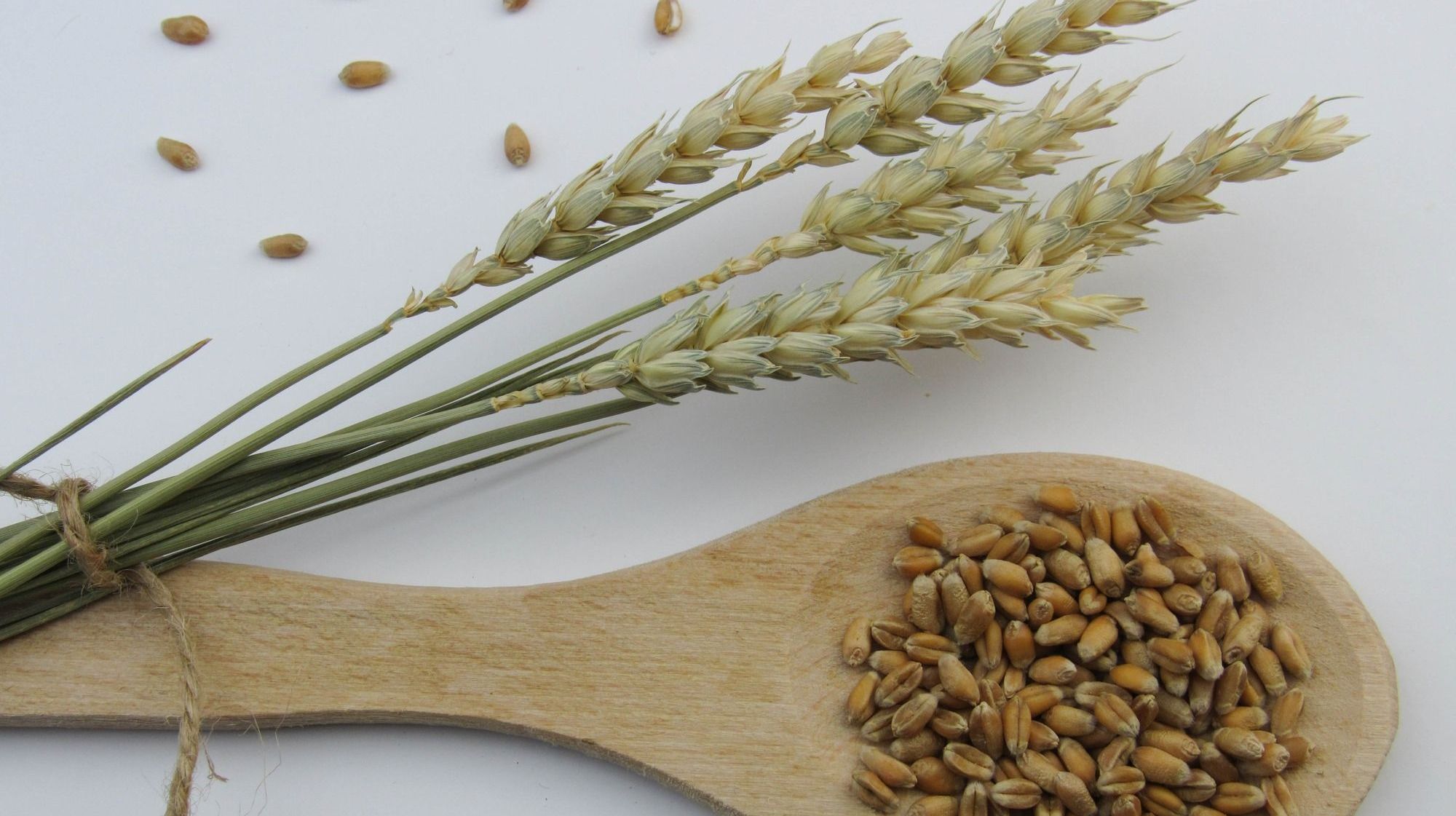
Whole wheat products, such as bread, cereals, and pasta, are excellent sources of insoluble fiber. This fiber adds bulk to your stool, making it easier to pass. Just make sure to eat them raw or lightly cooked to get the most nutrients.
Speaking of fiber, wheat bran is another great option. It's rich in insoluble fiber and has been found to significantly improve bowel habits in children.
If these natural remedies don't provide enough relief, don't worry. There are also over-the-counter laxative medications available. These include water-retention laxatives, bulk-forming laxatives, lubricants, stool softeners, and stimulants. Just be sure to consult with your doctor or pharmacist before trying any of these options.
So, don't suffer in silence with constipation. Try incorporating these natural remedies into your routine and find relief today!
More Natural Ways to Prevent Constipation
Looking for ways to improve your bodily functions? Here are some behavioral options you can try:
Time your trips to the bathroom after meals for better results.
Develop a regular schedule for bowel movements.
Use a stool under your feet to make going to the bathroom more comfortable.
Make sure you have enough time and privacy when using the toilet.
Avoid using bedpans to prevent discomfort.
Treatment Options for Constipation
Once constipation has been diagnosed, a variety of treatment options can be explored, depending on the underlying cause and severity of symptoms. These options include dietary changes, other diet and lifestyle changes and modifications, medications and laxatives, and a bowel program.
In the following sections, we'll delve deeper into each of these treatment approaches to help you find the most suitable option for your needs.
Dietary Changes
One of the most effective ways to treat constipation is to increase dietary fiber and intake by eating more fruits, vegetables, whole grains, and fortified cereals. In addition to consuming high-fiber foods, it's essential to stay hydrated, as water helps soften stools and promotes regular bowel movements.
Adding wheat bran to meals is another helpful dietary change to consider. Wheat bran, rich in insoluble fiber, can help bulk up stools, making them softer and easier to pass. Combined with proper hydration, these dietary changes can significantly improve constipation symptoms and promote regular bowel movements.
Lifestyle Modifications
Lifestyle modifications play a crucial role in preventing and treating constipation. Staying hydrated is vital, as it helps rehydrate the body and soften stools, making it easier to pass. Regular exercise can also help improve bowel movements by stimulating the digestive system. Even gentle activities like walking or swimming can make a significant difference in promoting healthy digestion and reducing constipation risk.
In addition to hydration and exercise, it's essential to listen to your body and respond to the urge to have a bowel movement. Ignoring the urge can lead to harder and drier stools, increasing the risk of complications like rectal prolapse.
Medications and Laxatives
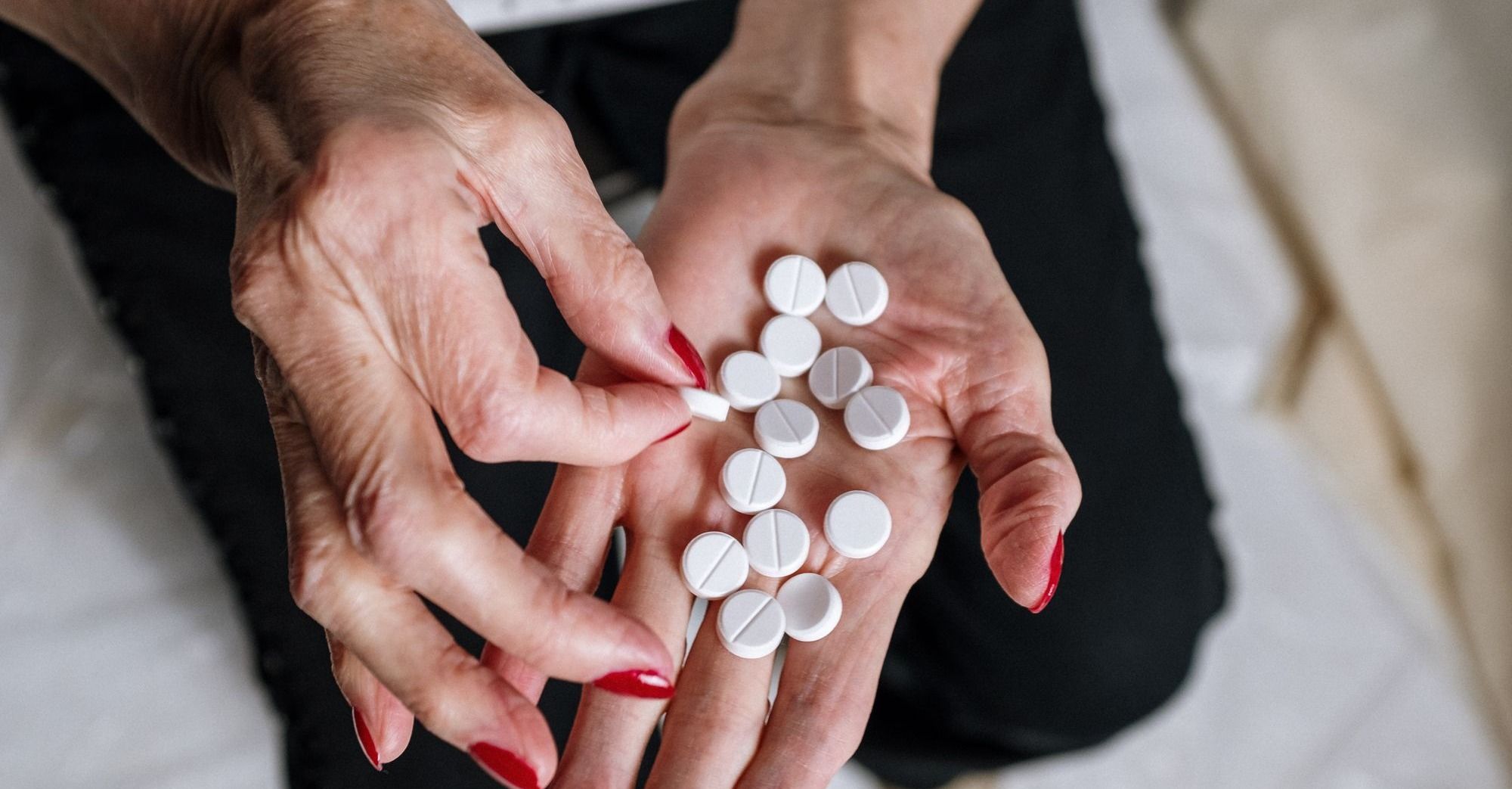
If dietary and lifestyle changes aren't enough to alleviate severe constipation however, medications and laxatives can be considered. Various options are available, including oral laxatives, fiber supplements, stimulant laxatives, osmotic laxatives, neuromuscular agents, and lubricants. Each type of medication or laxative works differently, so it's essential to consult a healthcare provider to determine the most suitable treatment for your specific needs.
It's important to use medications and laxatives as directed and to follow the guidance of your healthcare provider. Overuse or misuse of certain medicines and laxatives can lead to dependence or other complications, so it's crucial to approach this treatment option with caution.
When it comes to medication options, it's important to understand the type and cause of your constipation. This will help you choose the right medication. While most of these options are available over-the-counter, it's best to consult your doctor for guidance or other prescription alternatives if needed.
Different Categories of Medication Options Include:
Bulking agents: These medications add bulk to your stool, increasing the urge to have a bowel movement. Recommended options include methylcellulose powder, polycarbophil tablets, and psyllium fiber.
Osmotic laxatives: These attract water to your colon, keeping your stool soft and hydrated. This makes bowel movements easier. Examples of osmotic laxatives include lactulose solution, magnesium citrate solution, magnesium hydroxide suspension, polyethylene glycol powder, and sorbitol solution.
Stool softeners: As the name suggests, these make stools easier to pass. The most common type is docusate sodium capsules or Colace.
Stimulant laxatives: These stimulate contractions in your intestines to help move your stool. Recommended options include bisocodyl tablets and senna tablets.
So, whether you're looking for behavioral adjustments or medication options, there are solutions that can help improve your digestive health and develop normal bowel habits.
Establish a Bowel Program
Establishing a bowel program can be an effective treatment for constipation, particularly for individuals with bowel disorders or nerve damage due to spinal cord injury. A bowel program typically involves a combination of diet, physical activity, oral medications, rectal stimulation, and bowel training. The primary goal is to help individuals regain control of their bowel movements and improve their overall quality of life.
One crucial aspect of a bowel program is setting up a routine for bathroom visits. Consistency in bathroom habits can aid in preventing chronic constipation, and ensuring healthy digestion.
Last Ditch Effort to Alleviate Constipation When All Else Has Failed.
A drug free device was just approved by FDA to address chronic constipation when all other methods fail. The device is called Vibrant, and it works to stimulate cells that are located in the lower intestine. This stimulation helps to increase the natural motility of your bowels, relieving chronic constipation without any side effects constant pain or discomfort.
Vibrant has been tested on a variety of patients with chronic constipation. The results have shown that use of this drug free device can lead to improved bowel movements and symptom relief within just a few days. It’s convenient and easy to use and requires no special preparation before using it. Plus, because it’s totally drug-free, you don’t need to worry about managing any unwanted side effects or interactions with other medications you may be taking.
This device is not covered by insurance and costs about $69 a month. Vibrant may not be suitable for everyone. If you are suffering from chronic constipation, talk to your healthcare provider to determine if Vibrant is right for you. With this drug-free device, there’s never been a better way to address chronic constipation and get back to living a vibrant life!
Preventing Constipation
In many cases, constipation can be relieved or prevented without the need for medication. Adopting a healthy diet rich in fiber, staying hydrated, and engaging in regular exercise can significantly reduce the risk of constipation. Alternative therapies such as acupuncture and herbal treatments like psyllium may also provide relief for some individuals.
During pregnancy, safe ways to treat constipation include boosting fiber and fluid intake, engaging in gentle exercise, and using laxatives like lactulose and macrogols under the guidance of a healthcare provider. In general, maintaining a healthy lifestyle is key to preventing constipation and promoting overall digestive health.
When to Seek Medical Help

While many cases of constipation can be managed with lifestyle changes and over-the-counter treatments, it's essential to know when to seek medical help. If the constipation persists or continues despite these efforts, or if other symptoms occur such as severe abdominal pain, swollen veins, or rectal bleeding, it's time to consult a healthcare provider. Prompt diagnosis and intervention can help prevent complications and ensure appropriate treatment.
If you notice a change in your bowel pattern or feel that your bowels are dominating your life, don't hesitate to reach out to your doctor for advice and guidance. Early intervention can make all the difference in successfully managing constipation and maintaining a healthy digestive system.
Summary
In conclusion, constipation is a common gastrointestinal complaint that can be effectively managed and prevented through a combination of dietary changes, lifestyle modifications, and appropriate treatments. By understanding the causes of constipation, recognizing its symptoms, and seeking medical help when needed, you can take control of your digestive health and enjoy a happier, more comfortable life. Don't let constipation hold you back – take action today and embrace a healthier, more regular future.
Recipes to Prevent Constipation
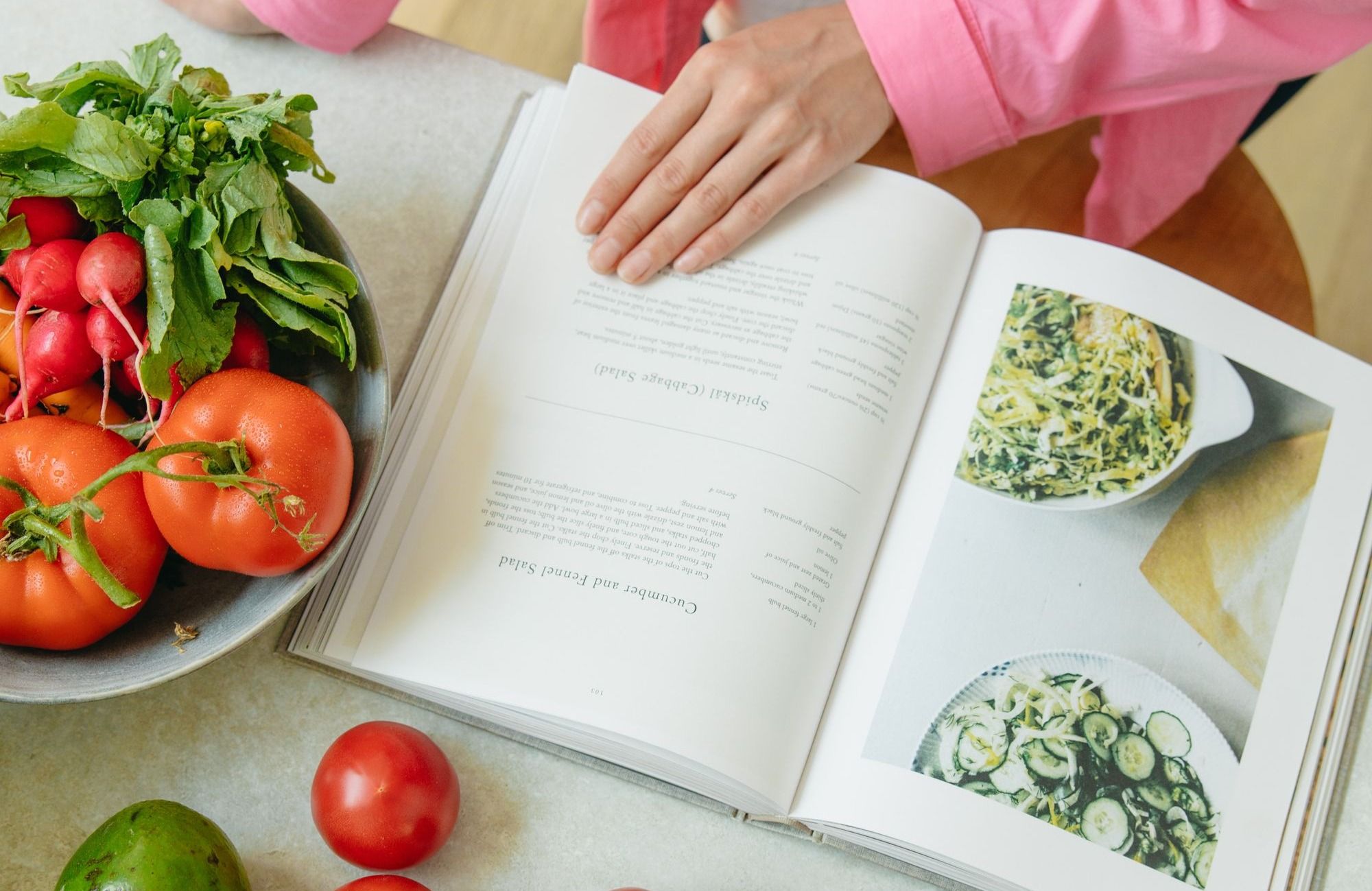
If you struggle with constipation, there are several recipes that can help to prevent and alleviate the issue. One of the most effective ways to fight constipation is through smoothies! Smoothies made with fiber-rich ingredients such as bananas, apples, nuts, or berries will help keep your system running smoothly. You can also add fortified foods like oatmeal or flaxseed to your smoothie to promote digestion and add extra nutrition.
Additionally, you can try adding high-fiber foods such as lentils, beans, or bran cereal to your meals for a more natural approach. Making sure you are drinking plenty of water throughout the day is also essential for fighting constipation. By following these recipes and tips, you can fight constipation and stay healthy!
Smoothie Recipes :
- Apple Banana Smoothie
Ingredients:
1 banana, 1 apple, 1 cup of almond milk, 2 tablespoons chia seeds
Instructions:
Blend all ingredients together until smooth. Enjoy!
- Berry Blast Smoothie
Ingredients:
1/2 cup blueberries, 1/2 cup raspberries, 1/4 cup oats, 1/2 cup almond milk
Instructions:
Blend all ingredients together until smooth. Enjoy!
- Peanut Butter Power Smoothie
Ingredients:
1 banana, 2 tablespoons peanut butter, 1/2 cup almond milk, 2 tablespoons flaxseed meal
Instructions:
Blend all ingredients together until smooth. Enjoy!
By following these recipes and tips, you can help prevent constipation naturally and enjoy some delicious and nutritious drinks throughout the day! Try out any of these recipes to get your digestive system back on track - happy blending!
Fortified Food Recipes to Prevent Constipation :
Try these simple snacks and meal
Avocado toast
Avocado is a rich source of soluble and insoluble fiber, as well as unsaturated fats. For a high-fiber snack:
Mash an avocado onto a piece of whole-grain toast. If you prefer, you can swap out the toast for a corn tortilla, brown rice cake, or large whole-grain crackers.
Top the mashed avocado with slices of cucumber, tomato, or other water-rich vegetables.If you have roasted cauliflower from last night's dinner, add the roasted cauliflower to top off the avocado toast. If you are needing to increase your protein, consider add a fried egg to your toast.
Add a sprinkle of salt and pepper. If you like spicy food, you can also add a splash of hot sauce.
Oatmeal with fruits, seeds, and nuts
For a nutrient-rich breakfast that’s rich in soluble and insoluble fiber, unsaturated fats, and liquids, it’s hard to beat oatmeal with fruit, seeds, and nuts.
Combine a half-cup of rolled oats, one chopped apple, one tablespoon of chia seeds, one tablespoon of peanut butter, one tablespoon of grated flax seeds and one cup of water in a small pot.
Bring this mixture to a gentle boil, stirring frequently. Reduce the heat to low and simmer, continuing to stir, until the oats are creamy and tender (about 5 to 10 minutes).Oatmeal Pancakes
Ingredients:
1 cup oatmeal, 1/2 cup all-purpose flour, 2 teaspoons baking powder, 1 teaspoon of cinnamon, 2 eggs, 1 cup of milk
Instructions:
Mix together the dry ingredients in a bowl. In another bowl mix together the wet ingredients until combined. Mix the wet and dry ingredients together until just combined. Heat a pan on medium heat and grease with butter or oil. Drop spoonfuls of the mixture onto the pan and cook each side for about 2 minutes, or until golden brown. Enjoy!
Muffin Recipe:
Banana Oat Muffins
Ingredients:
1 cup all-purpose flour, 1/2 cup oatmeal, 2 teaspoons baking powder, 1/2 teaspoon baking soda, 1/4 teaspoon salt, 1/2 cup brown sugar, 2 ripe bananas (mashed), 1/3 cup melted butter, 1 egg
Instructions:
Pre-heat oven to 350 degrees F. In a bowl mix together the flour, oatmeal, baking powder, baking soda and salt. In another bowl mix together the brown sugar, mashed bananas, melted butter and egg. Pour the wet ingredients into the dry and mix until combined. Grease a muffin tin with butter or oil and fill each cup two-thirds of the way full. Bake for 20 minutes or until golden brown. Enjoy!
Cookie Recipe:
- Peanut Butter Oatmeal Cookies
Ingredients:
1/2 cup butter (softened), 1/2 cup brown sugar, 1/4 cup white sugar, 1 egg, 1 teaspoon vanilla extract, 3/4 cup peanut butter (creamy or chunky),1/2 teaspoon baking soda, 1 and 1/2 cups all-purpose flour, 2 tablespoons cornstarch, 3/4 teaspoon salt, 1 and 1/2 cups oatmeal
Instructions:
Pre-heat oven to 350 degrees F. In a medium bowl mix together the butter, sugars, egg and vanilla extract until combined. Stir in the peanut butter until combined. In another bowl mix together the baking soda, flour, cornstarch and salt. Slowly add the dry ingredients into the wet ingredients and mix until just combined. Stir in the oatmeal until combined. Grease a baking sheet with butter or oil and drop spoonfuls of cookie dough onto the sheet. Bake for 10-12 minutes or until golden brown. Enjoy!
Apple cookies These delicious oatmeal cookies are packed with fiber and unsaturated fats that help promote regularity.
Ingredients:
1 cup of all-purpose flour, 1/2 teaspoon baking soda, 1/4 teaspoon salt, 1/2 cup vegetable oil, 1/4 cup white sugar, 1/4 cup brown sugar, 1 egg, 2 tablespoons of honey, 1 and 1/2 cups oatmeal,
Instructions:
Mix together the dry ingredients in a bowl. In another bowl mix together the wet ingredients until well blended. Add the wet ingredients to the dry and mix until just combined. Grease a baking sheet with butter or oil and drop spoonfuls of cookie dough onto the sheet. Bake for 10-12 minutes or until golden brown. Enjoy!
These tasty recipes are great ways to prevent constipation naturally! By incorporating these fortified food recipes into your diet, you can help promote regularity and increase your overall health.
- Lentil Soup
Ingredients:
1 tablespoon olive oil, 1 onion (diced), 2 cloves garlic (minced), 1 carrot (diced), 1 celery stalk (diced), 2 tablespoons tomato paste, 4 cups vegetable broth, 1 cup dried lentils, salt and pepper to taste
Instructions:
Heat olive oil in a pot over medium heat. Add the onion and garlic and cook for about 3 minutes or until softened. Stir in the carrots and celery and cook for another 3 minutes. Add the tomato paste and cook for about 1 minute, stirring often. Pour in the vegetable broth and lentils and bring to a boil. Reduce heat to low, cover, and simmer for about 15-20 minutes, or until lentils are tender. Season with salt and pepper to taste. Enjoy!
By incorporating these fortified food recipes into your diet, you can help prevent constipation and increase your overall health. Enjoy these dishes for breakfast, lunch, or dinner - happy eating!
It's important to remember that preventing constipation doesn't always mean going on a strict diet or drinking endless amounts of water. By following the smoothie and fortified food recipes provided, as well as getting plenty of physical activity, you can easily promote a healthy digestive system. With these tips and recipes in mind, you'll be on your way to fighting constipation naturally!
You might also like this article:
